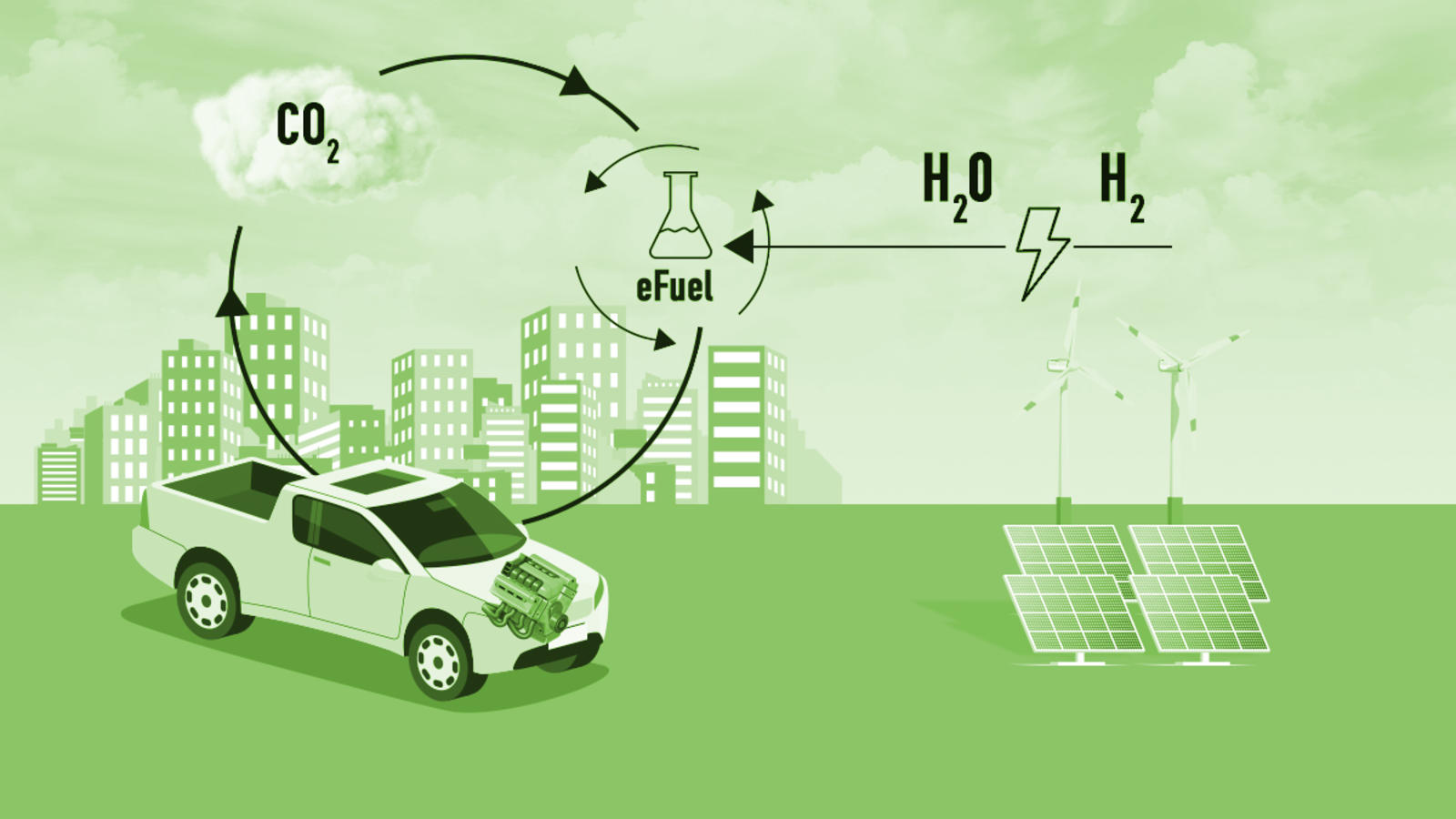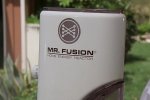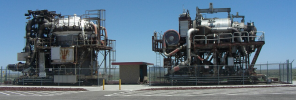Salty
Touchdown! Greaser!
Like gasoline and diesel oil, for example.I, for one, would rather see synthetic fuels
Like gasoline and diesel oil, for example.I, for one, would rather see synthetic fuels
Horses have been used to launch gliders, in the same manner as an auto or winch launch.I didn't know horses could even hold a pencil, let alone draw an airplane with one!
Absolutely.Like gasoline and diesel oil, for example.


Neither did Enron investors.Interesting. I didn’t know Global Fortune 500 companies were considered hucksters.
Obviously not old enough for Mr. Ed.I didn't know horses could even hold a pencil, let alone draw an airplane with one!
How long would it take to fully charge a Tesla using rooftop solar? How many square yards of panels would it take to get it done during daylight hours? You would need an expensive auxiliary electric storage system that is charging during the day so you could drive the vehicle during the day. How long to charge in Seattle in November, December, January, and February with mostly nine-hour, overcast days. All this solar stuff would likely double the price of the car.True.
Ideal situation is charging at home via solar. That’s about as good as it gets.
Ha. Maybe get on the horn and remind Toyota, Hyundai, United, and all the others of the dangers? I'm sure they would be grateful.Neither did Enron investors.
One of the things I taught my undergrads in my Energy classes is that modern agriculture is how we turn petroleum into food. Bio-ethanol takes this one step further, turning petroleum into food into petroleum. This is right up there with using electricity for heating when the electrical grid is still 60% or more fossil fuel based. Nothing makes moreHave another cup of Kool-Aid.
If you believe CO2 is the great bugaboo, then I suggest you investigate the actual carbon footprint of corn liquor fuel--from planting to irrigation to fertilization to harvest to fermenting to distillation to finished product. In the end you're still burning an evil hydrocarbon and releasing the deadly CO2. From an total carbon footprint, I'll bet natural gas has a lower carbon footprint.
The energy density of the fuel is also a factor. Ethanol has an energy density of 27MJ/kg. Methane has an energy density of 50MJ/kg. So you have to burn twice the amount of ethanol to get as much work done as burning the same amount of methane.
I suggest we remove the federal tax-funded EV subsidies and see how the market fares.
A lot. The daylight hours in sunny environments are when energy usage is highest (A/C loads). Energy storage systems effectively double the cost of solar. QED.How long would it take to fully charge a Tesla using rooftop solar? How many square yards of panels would it take to get it done during daylight hours?

100% agreed. EVs make sense in certain applications without subsidies, and there needs to be a financial incentive to make them better to expand the market naturally....or figure out other options.I suggest we remove the federal tax-funded EV subsidies and see how the market fares.
We have a historical precedent for stuff like this. Before and after WW2 there were dozens of companies building airplanes in the US and Canada alone. Everyone was going to fly, and the demand would make the aircraft manufacturers rich. It failed, bigly. No shortage of investors that lost their money.Ha. Maybe get on the horn and remind Toyota, Hyundai, United, and all the others of the dangers? I'm sure they would be grateful.
That's not true of the newer approaches that use renewables to power the ethanol and bio-diesel production processes.Bio-ethanol takes this one step further, turning petroleum into food into petroleum.

I recall seeing some re-runs on Nick-at-Night, lol. I don't remember him drawing anything, but he did well for conversations!Obviously not old enough for Mr. Ed.
With conventional aviation and aircraft I would agree with you. However, with the UAM transport concept no real precedent exists except the previous attempts over the years with helicopters. It was a transport concept without a viable vehicle until the last 5-10 years.We have a historical precedent for stuff like this.
Make sure you are taking into account the massive amount of energy and fossil fuel feedstock required to manufacture ammonia (fertilizer) to grow the plants to produce the sugar to power the fermentation to produce the alcohol. Corn is among the worst in this regard, as it can't fix nitrogen. Plus that anaerobic fermentation blows off two atoms of carbon as carbon dioxide for every 6 atoms of fixed carbon in the sugar fermented. Plant-sourced ethanol production is horribly inefficient at industrial scale.That's not true of the newer approaches that use renewables to power the ethanol and bio-diesel production processes.

eFuels: Synthetic fuel from renewable energy sources
Sustainability at Porsche has many facets. In this ‘Perspectives on Sustainability’ interview series, Porsche employees talk about sustainability from the perspective of their respective fields of expertise. Team Lead Karl Dums talks about the future of eFuels in the automotive industry.newsroom.porsche.com
How Is Ethanol Produced? - ePURE
www.epure.org
With conventional aviation and aircraft I would agree with you. However, with the UAM transport concept no real precedent exists except the previous attempts over the years with helicopters. It was a transport concept without a viable vehicle until the last 5-10 years.
The UAM concept is historical but it’s the current line of aircraft (eVTOLS/VTOLs) that will set the precedent for UAM. If it works, it will create a new commercial aviation market that never existed on a large scale with the potential to become the largest in market value and size in the industry. Hence the reason so many people are positioning themselves to take advantage of its creation on so many levels.
Simple. Because in the OPs video and several posts in the thread, UAM developments and equipment are intermixed into the conversation of “electric airplanes” which is a separate venture. I merely try to show the difference.You keep bringing up UAM but the title of this thread is electric airplanes. Since when is UAM planning to use airplanes?
Built over unproductive desert.... In the end, rooftop solar with backup battery is the single most expensive energy source per kWh. In contrast, the cheapest power on the planet comes from a large utility-scale solar farm in the middle east.
No argument.Built over unproductive desert.
As I have flown around the states I mourn the loss of agricultural land to massive wind and solar installations and the impact on natural ecosystems. The same folks who want to stop land development for toads or guppies or bugs are the same ones clamoring to tear up the ground and plant wind turbines or tear up the ground and shade it with solar panels.
Of course...Obviously not old enough for Mr. Ed.
But the EPA and others will delay it because of impact to the endangered Arizona desert earthworm. The other downside is similar to wind power, where transmission losses are significant because the area where it is produced (middle of desert) are generally not where the energy needs to be consumed. So running transmission lines hundreds of miles away results in a lot less energy making it to the end point than what was actually generated. Easier/less land-intensive just to build modern nuclear, imo.Built over unproductive desert.
As I have flown around the states I mourn the loss of agricultural land to massive wind and solar installations and the impact on natural ecosystems. The same folks who want to stop land development for toads or guppies or bugs are the same ones clamoring to tear up the ground and plant wind turbines or tear up the ground and shade it with solar panels.
As I have flown around the states I mourn the loss of agricultural land to massive wind and solar installations and the impact on natural ecosystems.

Just a few miles down the road from me, large orange groves have been replaced with solar fields, and now our local citrus processing plant is importing some of its oranges. "Florida's Natural" brand of OJ isn't entirely from Florida anymore and I think that's sad.
I'm not sure I agree with the "lighter" part. Even my Lithium-battery powered yard edger weighs more than the ICE versions. Those batteries weigh a significant amount, generally more than the ICE they are competing against.Discussions like these inevitably get politicized, which distracts from an unbiased consideration of the strengths and weaknesses of various technologies.
For short range applications, electric powertrains are lighter, simpler, and more reliable than internal combustion.
As desired range increases, the mass based energy density of batteries becomes a disadvantage.
EV cars are a good example. So much nonsense has been written on both sides from people who see everything through the lens of their political beliefs. Current EV cars are better than ICE for daily commuting in an urban or suburban environment, and worse for longer trips and rural areas. Plenty of vehicles of both types exist, so buy the vehicle that fits your needs better.
Aviation applications are likely to follow a similar trajectory. For scheduled airline travel, it will be many years before batteries have any hope of equaling fossil fuel energy density. However, for short range applications such as air taxis and short range VTOL, electric powertrains have advantages. Those advantages may make some modes of transportation economically viable that previously were not.
ICE rotorcraft are complex, expensive machines that require considerable skill to fly and maintain. Consequently, regular VTOL travel is only economically viable for the very wealthiest segment of the population. Whenever a TV show wants to let the audience know that a character is rich and important, they are shown debarking from a helicopter.
Short range electric rotorcraft have the potential to be simpler, lighter, cheaper, and easier to fly and maintain. Some designs such as quad copters are not practical with ICE propulsion, but are relatively easy to implement with electric powertrains. Quads in particular lend themselves to computer assisted flight by relatively unskilled operators, which is why drones are exploding (literally, in Ukraine). As that technology matures, it has the potential to open up VTOL travel to more people in more situations. That's a good thing.
The culprit is disease, not solar panels. Over 50% of Florida orange groves have been destroyed in the last 20 years: Citrus Greening Abandoned groves are everywhere. There is one right off the end of the runway at my home drome.
There is no shortage of unusable land in our area of Florida. The area south of Lakeland and Bartow is a hellscape of abandoned phosphate strip mines that cannot be farmed or built on.
I think Peter Garrison, in FLYING, mentioned avgas has 18 times the energy density of batteries. I could imagine some improvement as tech evolves - but not nearly that much. Physics is real. . .hydrogen probably won't cut it, in airplanes or cars. It mostly uses dead dinosaurs for production, and there is already a shortage of Iridium required for the cells. We need more nukes!

I think Peter Garrison, in FLYING, mentioned avgas has 18 times the energy density of batteries. I could imagine some improvement as tech evolves - but not nearly that much.

I think Peter Garrison, in FLYING, mentioned avgas has 18 times the energy density of batteries.

OTOH, an ICE motor weighs 10 times more than an electric motor, and requires a transmission to maintain RPM in optimal range.
An electric power train with short range can be made considerably lighter than an equivalent ICE.
As desired range increases, the lightness advantage of the electric motor is offset by increasing battery weight.
Seen at an Iron Butt competition:


Oak Ridge National Laboratory in Oak Ridge, TN did experiments on the feasibility of nuclear powered aircraft.
Lofty ambitions | ORNL
The Tower Shielding Facility is located on the perimeter of the Oak Ridge Reservation on a road blocked by a locked gate. It's still one of ORNL's more conspicuous landmarks because the two towers, from which a small nuclear reactor was at times suspended, can be glimpsed from nearby Interstate 40.www.ornl.gov
Those test towers are still standing, fairly close to our E TN home.


 www.sun-sentinel.com
www.sun-sentinel.com
Infrastructure is a big problem when airports have to be every 15 miles to accommodate the range capabilities.Pretty good rundown on eVTOL infrastructure efforts in FL, suggesting that the FAA is an obstacle.

Too fast for the FAA? Companies moving forward to develop flying cars and electric planes, but Florida airspace is just not ready
All around Florida, state and private sector actors have been pressing hard since 2021 to develop a system of “vertiports’ for takeoffs and landings of electric-powered aircraft that could be an in…www.sun-sentinel.com
I don't think this is true. There isn't some invisible presence that knows you've flown X hours and you're becoming "due" .. I go get in a rented airplane that's flown 25000 hours in its life engine failure free, that plane doesn't know if I am a zero hour brand new student or a 10,000 hr seasoned accident free aviator who's 'due' for an event. My statistical chance of an engine failure is the same every time I get in a planethe future risk is always higher than the past risk (until you actually have one)
